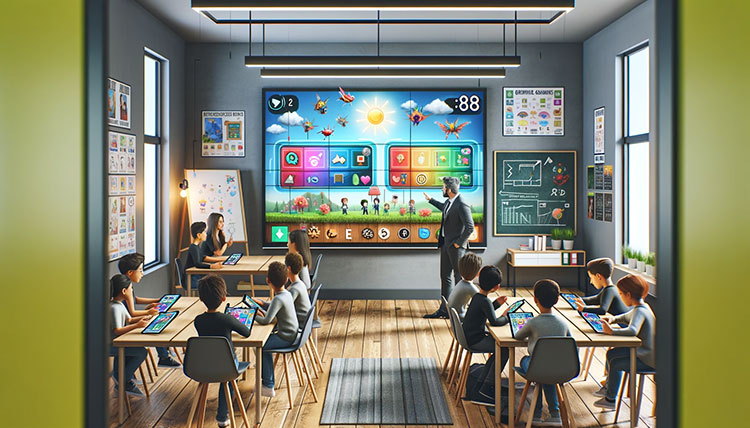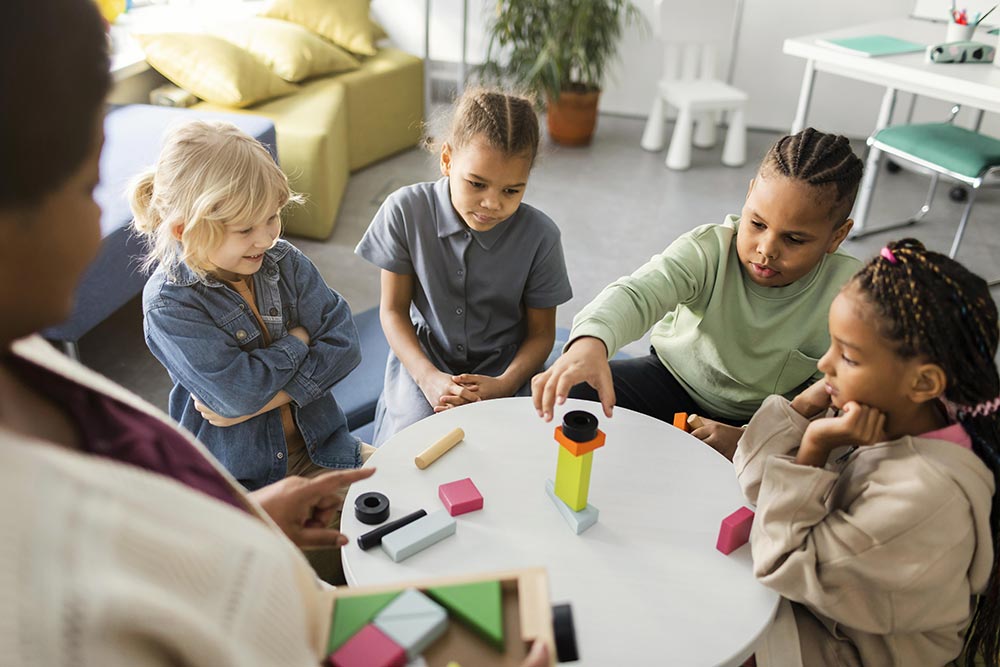In this era of digital advancements, the landscape of education is rapidly transforming. Traditional tutoring methods may not always captivate the attention of students. That’s where gamification comes into play, offering an innovative approach to make learning engaging and effective. Regardless of the subject or level of comfort, incorporating gamification into your tutoring sessions can be a game-changer.
In this blog, we’ll explore 5 key steps to seamlessly integrate gamification into your tutoring sessions, ensuring that your students not only learn but also have fun in the process.
5 Key Steps to Seamlessly Integrate Gamification into Tutoring Sessions
To seamlessly integrate gamification into your tutoring session, will take the following key steps

Step #1: Understand Your Students’ Needs and Interests
The first step in incorporating gamification into your tutoring sessions is to understand your students. Each student is unique, with different learning styles and interests. Take the time to get to know them, their strengths, weaknesses, and what subjects or topics they find challenging. This information will help you tailor your gamification approach to their specific needs, making the learning experience more personalized and effective.
Step #2: Choose the Right Educational Games
Once you have a clear understanding of your students, it’s essential to select the right educational games that align with the subjects you’re tutoring. There are plenty of educational games available online and offline, covering various topics, including math. Look for games that are not only informative but also enjoyable. Math tutor in Scarborough? Consider games that focus on mathematical concepts, making learning fun and engaging for your students.
Step #3: Set Clear Learning Objectives
Gamification should not be a random addition to your tutoring sessions. To make it effective, you must set clear learning objectives. Determine what specific skills or knowledge you want your students to gain through the games. This will help you track their progress and ensure that the gamified activities are aligned with your overall teaching goals.
Step #4: Integrate Rewards and Feedback
One of the key elements of gamification is the incorporation of rewards and feedback. Create a system where students earn points, badges, or other incentives as they progress in their learning journey. Positive reinforcement can motivate students to actively participate and excel in their studies. Additionally, provide constructive feedback to help them understand their mistakes and improve.
Step #5: Monitor and Adapt
The world of education is constantly evolving, and so should your gamification strategies. Regularly monitor the effectiveness of the games and activities you’ve incorporated into your tutoring sessions. Seek feedback from your students to understand what works and what doesn’t. Be willing to adapt and modify your approach to ensure that gamification continues to enhance their learning experience.
Gamification into Tutoring Conclusion
In conclusion, incorporating gamification into tutoring sessions can revolutionize the way students learn. Whether you’re a math tutor in Scarborough or a private tutor in any subject, these 5 key steps can help you create engaging and effective learning experiences for your students. By understanding your students, choosing the right games, setting clear objectives, integrating rewards and feedback, and continuously monitoring and adapting your approach, you can make learning enjoyable, interactive, and ultimately more successful. So, why not level up your tutoring sessions with the power of gamification? Your students will thank you for it!


